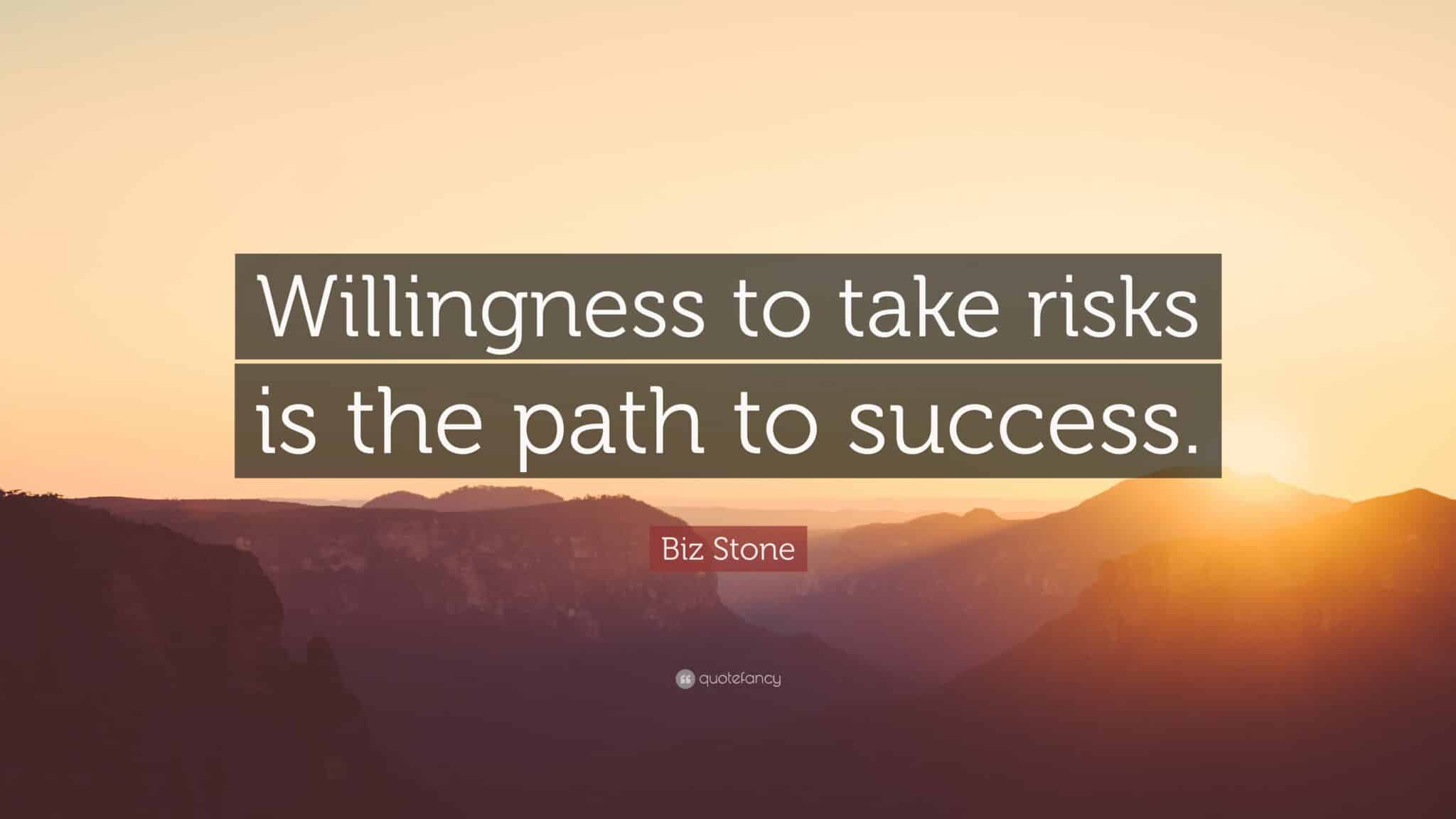
Most beginners struggle with sketching and ignore Iterative drawing.
This is why some evolve faster and you wonder why.
You absolutely need to learn drawing with the right designer mindset from start.
Fast Track your Drawing Abilities with Iterative Sketching!
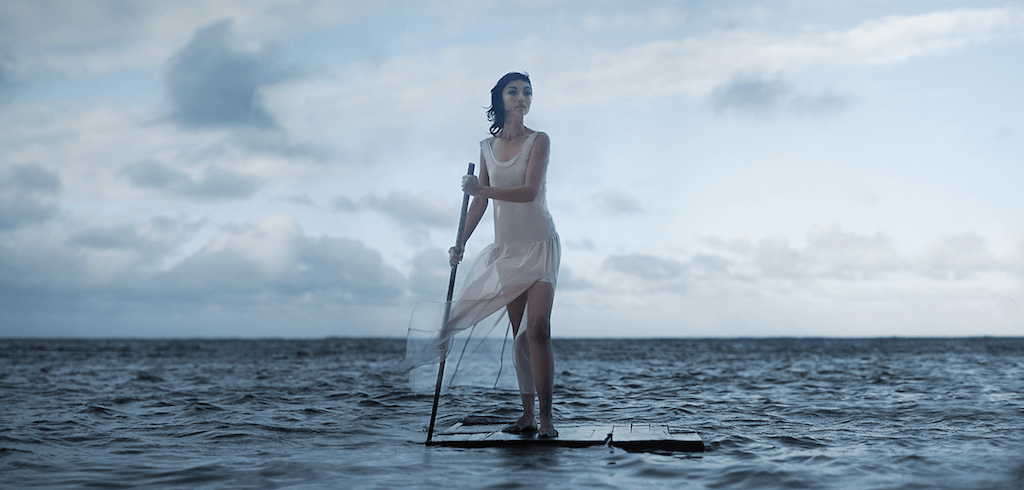
is like crossing an ocean without knowing how to swim.
“How long does it take to get a good flow, if one already has the knowledge of basics?”

To get a good flow (while you know your basics),
it can come pretty fast even in a few weeks only.
When you have the right method,
you feel like taking a massive shortcut.
MASTER DESIGNER RULE: ITERATIVE DRAWING
We see below: The Iteration Mindset
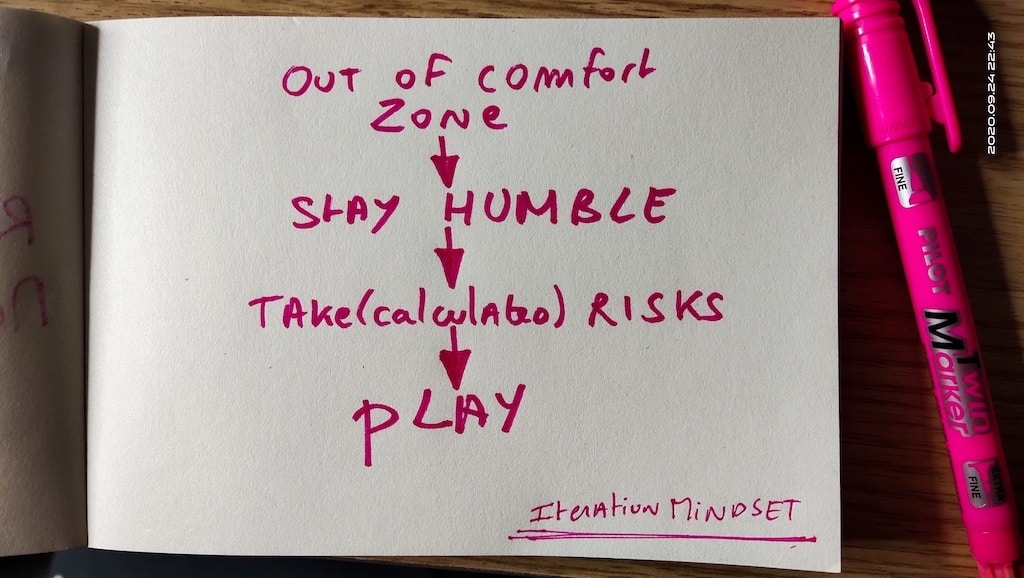
- Get out of your comfort zone
- Stay humble
- Take (calculated) risks
- Play
You learn a lot faster when you accept that making mistakes
is part of the learning process since you know about making “ITERATION”.
When you do a mistake,
you trace on top or redo without feeling guilty.
This is why in my tutorials and Product design sketching course, I recommend learning with a ballpoint pen.
- No pencil
- No eraser
- No ruler.
Step 1. Get out of your comfort zone.
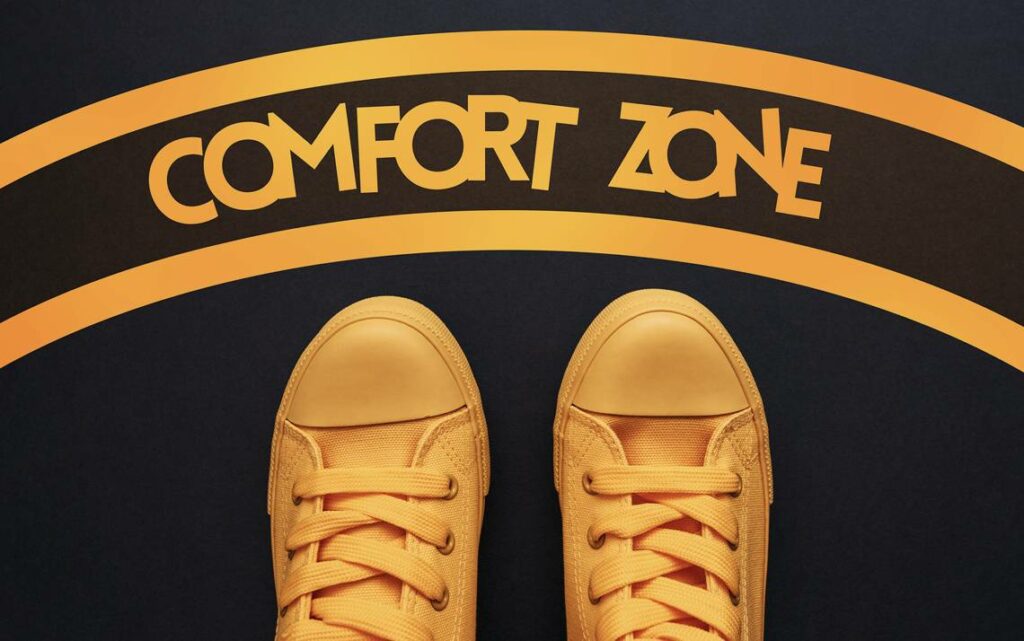
Remember learning how to draw is a journey,
and training your flow is a lifetime study.
A common mistake from beginners is:
You learn how to draw a car.
The day you did it well once,
you will keep drawing the same one for years!
Why?
Because you will be afraid of discovering you may fail at drawing new cars. That is a dangerous move.
Step 2. Stay humble
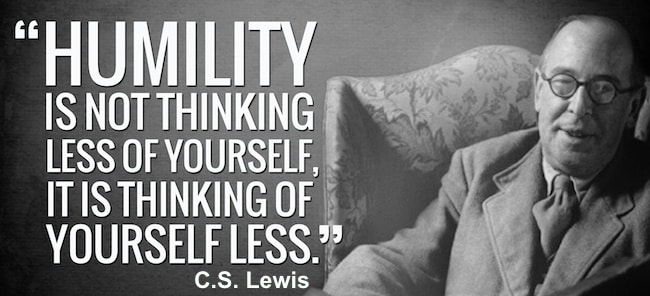
You will progress, and feel happy.
Be proud of it! Celebrate! Then keep going!
“Be happy, but never get satisfied.”
– Bruce Lee
When you get comfortable with certain forms, keep discovering new ones!
- Challenge yourself to get out of “what you know”.
- Drawing with thumbnails helps you multiply your ideas and test fast
- Ugly doodles help you get rid of your perfectionism syndrome.
With all your new skills, you will impress your classmates, friends, and teachers.
That’s great!
But then, keep up the training
and think of all the new projects
you will be able to create for others.
Step 3. Take calculated risks
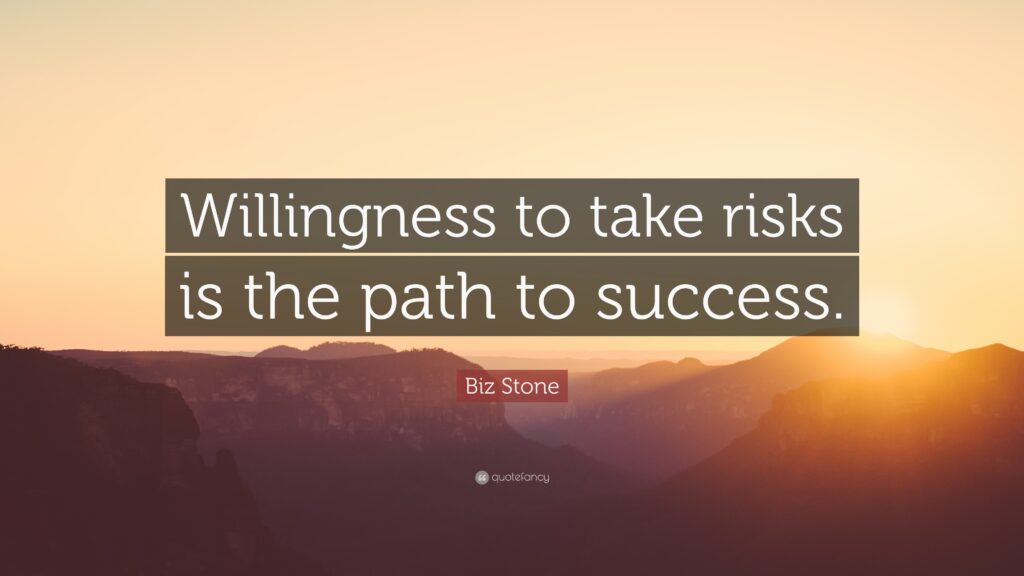
— Biz Stone
When you are a beginner,
learn your basics FIRST.
That is your best shortcut for fast success.
Why?
Because the basics are your “SURVIVAL COMPASS”.
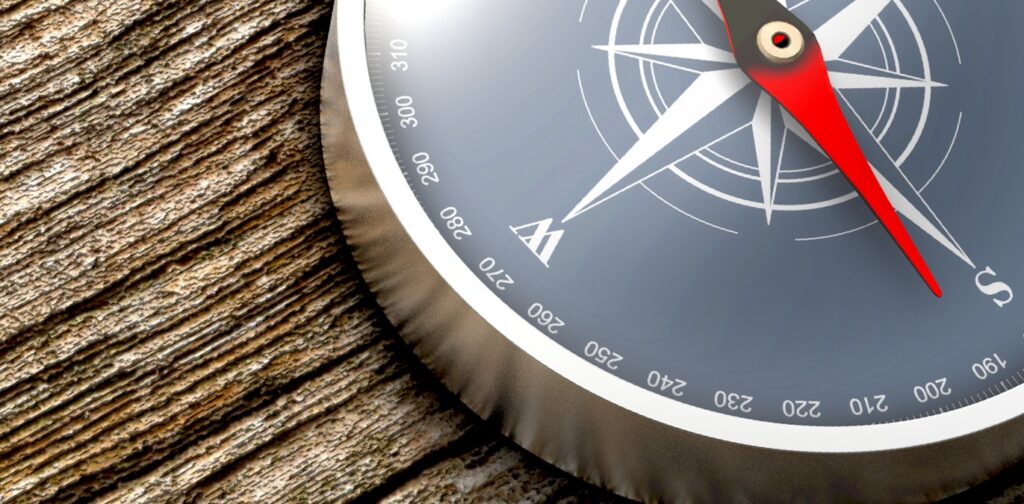
Take risks at drawing new forms,
new products, and more advanced stuff!
It will be fine.
If you feel stuck,
get back to your basics to find your answer.
This is how despite difficulties,
you will build a form of serenity
and keep growing your skills and leveling up!
Yes, you take risks. But they are all calculated.
Plus remember, what is the worst-case scenario if you do a mistake at sketching? Nothing.
Step 4. PLAY > LOSE > CONTINUE…

Learning how to draw is like a video game.
Get this gamer mindset,
and you will get addicted
to progress in your journey at drawing.
You will want to draw more and more difficult products for fun!
Higher your skills,
the higher you will meet badass big boss.
And the higher the excitement of the game!
At every new boss,
you may fail sometimes.
GAME OVER?
You CONTINUE.
You play again.
Keep learning at every failure until you crack the code.
Always going back to the basics.
You will beat them all one by one and save the princess. lol
(I am thinking of Super Mario Bros)
I hope you see how anyone can learn how to sketch,
and how the iterative mindset matters – because as a Designer you will apply Iterative design in your projects.
I tell you more through the 5 phases of Presentation of a Design project in your company.
Wrap-Up!
In conclusion, adopting an iterative drawing mindset is fundamental for anyone aspiring to improve their sketching skills rapidly and effectively.
By embracing the principles of:Getting out of your comfort zone, you ensure continuous growth through exploration and experimentation.
Staying humble, you maintain a learner’s attitude which is crucial for ongoing development.
Taking calculated risks, you push your boundaries, knowing that the basics are your guide back to success.
Playing, losing, and continuing, you develop resilience and a fun approach to learning, akin to playing a video game where each level advances your skills.
Remember, the journey of learning to draw is not just about the end result but about embracing the process of making mistakes, iterating, and improving.
This mindset not only accelerates your learning curve but also makes the learning experience enjoyable and fulfilling. Whether you’re sketching a simple object or working on complex product designs, the iterative approach ensures that every stroke, every doodle, and every sketch brings you closer to mastery.
Keep drawing, keep iterating, and keep enjoying the ride.
Cheers,
Chou-Tac

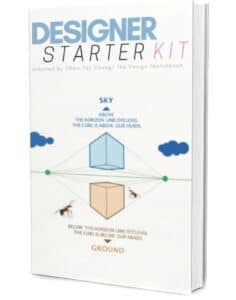


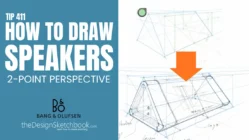
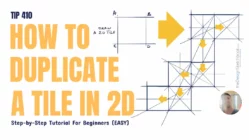
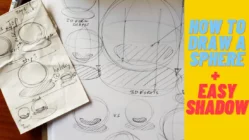

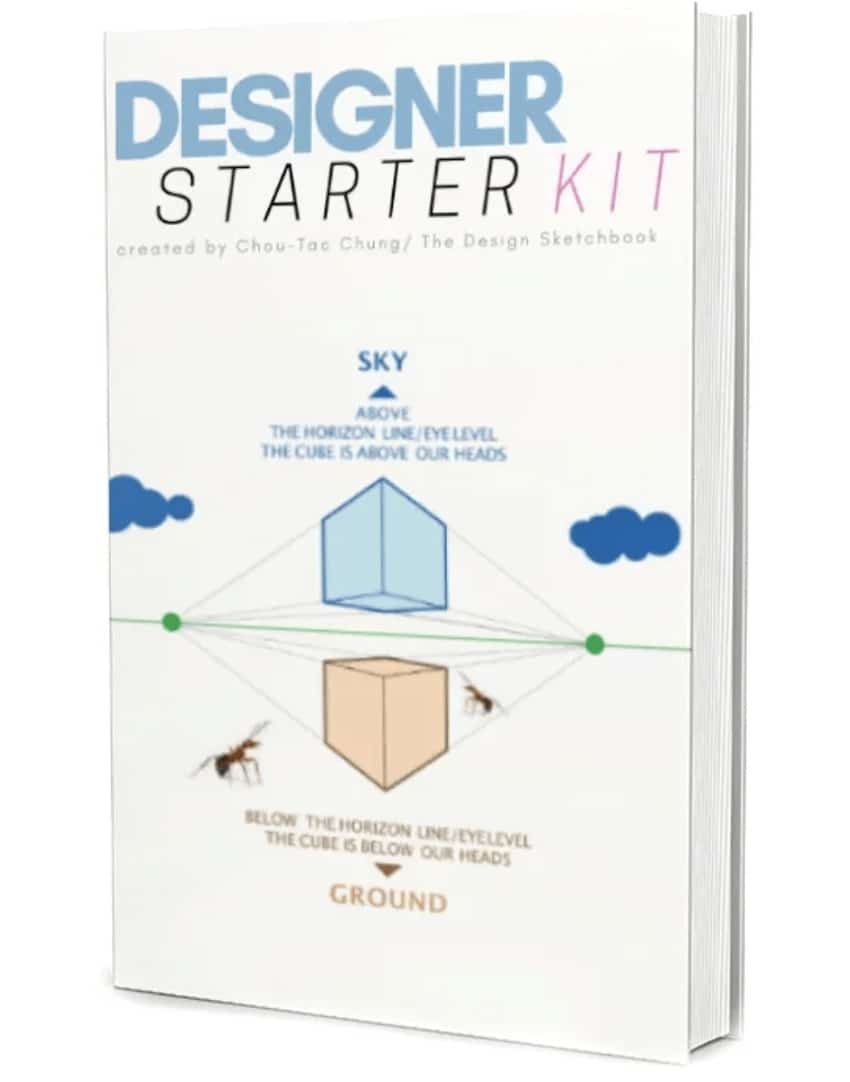


[…] class was barely over, but ideas would already be fusing in my head. I had to drop them on paper fast, or I knew I’d lose them by the time I got home! Oh lala, I hate that feeling when I forgot an […]
[…] The design process is iterative, involving trial and error. It involves a few stages of validation from the first sketches of research to the final proposals. […]
[…] Even when it’s just about doodling a simple mushroom or apple. But here’s the thing – there’s absolutely no harm in trying! […]
hola amigo gracias por el libro ayudas mucho gracias.
[…] Avoid using the rubber too much. If you start drawing light, you will still be able to iterate a lot. […]